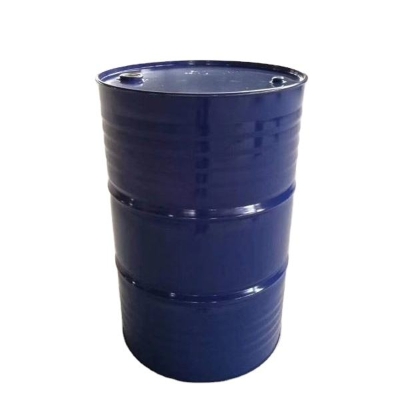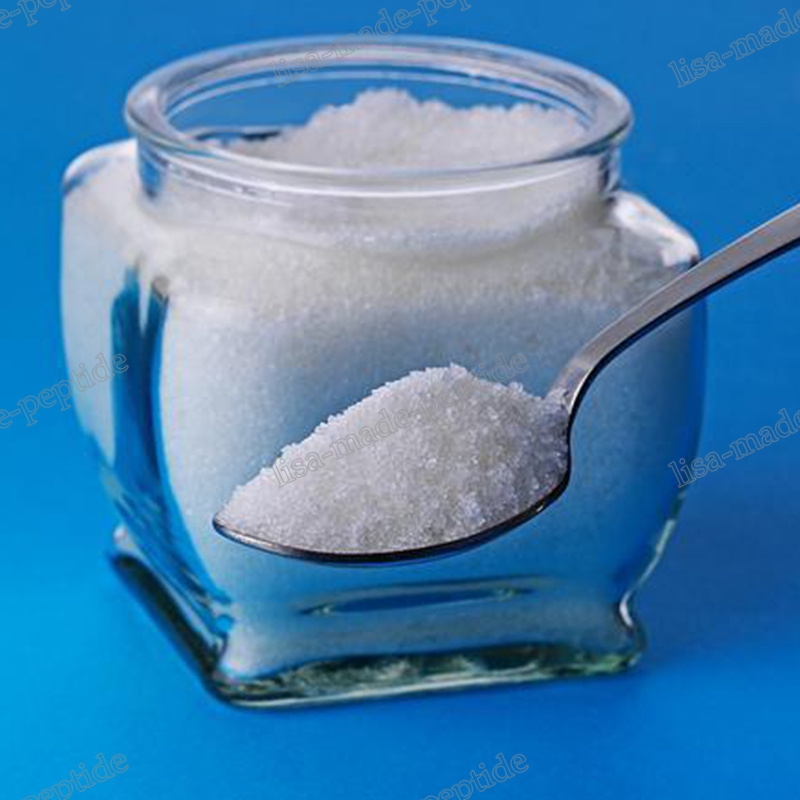-
Categories
-
Pharmaceutical Intermediates
-
Active Pharmaceutical Ingredients
-
Food Additives
- Industrial Coatings
- Agrochemicals
- Dyes and Pigments
- Surfactant
- Flavors and Fragrances
- Chemical Reagents
- Catalyst and Auxiliary
- Natural Products
- Inorganic Chemistry
-
Organic Chemistry
-
Biochemical Engineering
- Analytical Chemistry
-
Cosmetic Ingredient
- Water Treatment Chemical
-
Pharmaceutical Intermediates
Promotion
ECHEMI Mall
Wholesale
Weekly Price
Exhibition
News
-
Trade Service
It was learned from the World Trade Organization (WTO) website that the European Commission submitted a draft notification to it on June 8, 2022, and the draft proposed to revise the restriction clauses of Article 63 of lead and its compounds in the EU REACH Annex XVII, and Actively seek public input
.
WTO's draft notification on the revision of the restriction clauses on lead and its compounds in EU REACH
The specific amendments are as follows:
15.
Prohibit the use of lead and its compounds in polyvinyl chloride (PVC) articles;
16.
It is forbidden to put PVC articles with lead content greater than or equal to 0.
1% on the market;
17.
Articles 15 and 16 shall apply 24 months + 1 day after the entry into force of this amendment;
18.
Articles 15 and 16 do not apply to certain PVC articles containing recycled rigid PVC until 10 years after the entry into force of this amendment, provided that the lead content of such recycled rigid PVC must be less than 1.
5% and that newly produced PVC or other materials covering the recycled rigid PVC covering must contain less than 0.
1% lead to trigger this exemption.
Certain PVC items refer to:
a.
Profile and sheet civil works for exterior applications in building and civil engineering, excluding decks and terraces;
b.
Profiles and sheets for decks and terraces, provided that recycled PVC is used for the intermediate layer and is completely covered by a layer of newly produced PVC or other material;
c.
Profiles and panels for concealed spaces or voids in buildings and civil works (inaccessible during normal use, excluding repairs
.
For example, cable ducts);
d.
Profiles and panels for interior construction, provided that: after installation, the entire surface facing the occupied area of the building is produced from newly produced PVC or other materials;
e.
Multilayer piping (excluding piping for drinking water)
.
Condition: Recycled PVC is used for the intermediate layer and is completely covered by a layer of newly produced PVC or other material;
f.
Fittings, excluding fittings for drinking water pipes
.
19.
Articles 15 and 16 shall not apply:
a.
PVC-silica separators in lead-acid batteries until 10 years after the entry into force of this amendment;
b.
Articles covered by Article 63, Article 1 of Annex XVII and subject to the exemption rules of Articles 2 to 5
.
and articles covered by Article 7 and subject to the exemption rules of Articles 8 and 10;
c.
Items covered by the following directives and regulations:
(i) EU Food Contact Materials (FCM) Regulation (EC) No 1935/2004;
(ii) EU RoHS Directive 2011/65/EU;
(iii) EU Packaging Directive 94/62/EC;
(iv) EU Toy Safety Directive 2009/48/EC
.
20.
Article 16 shall not apply to PCV articles placed on the market within 24 months of the entry into force of this Amendment Act
.
◆ The amendment is expected to be published in the Official Journal of the European Union in the fourth quarter of this year and will come into force 20 days after the date of publication
.
The draft amendment is currently actively seeking public comments, and all stakeholders have until 7 August 2022 to submit comments
.
The effect of the amendment on PVC enterprises:
PVC is one of the largest general-purpose plastics in the world, and is widely used in building materials, industrial products, daily necessities, wires and cables and other industries
.
As a common modifier of PVC, lead can improve the thermal stability of PVC in the process of mixing and product production, and can also improve the photodegradation stability of PVC
.
However, lead and its compounds are a class of toxic and harmful substances, and their use was restricted in the EU REACH Annex XVII as early as 2016.
In 2018, lead was listed as a substance of high concern in the EU due to its potential reproductive toxicity.
(SVHC) list
.
Once the amendment comes into effect, it will have a greater impact on the PVC industry exported to Europe.
Ruiou reminds relevant companies to review again whether their PVC products exported to Europe meet the new restrictions and take timely measures to respond to product compliance.
.







